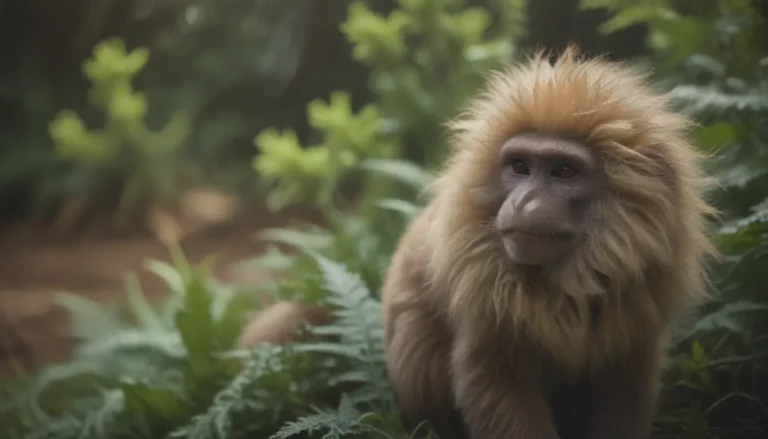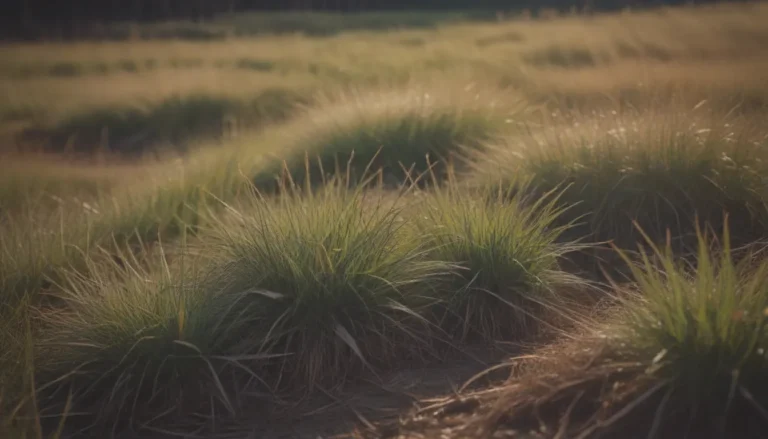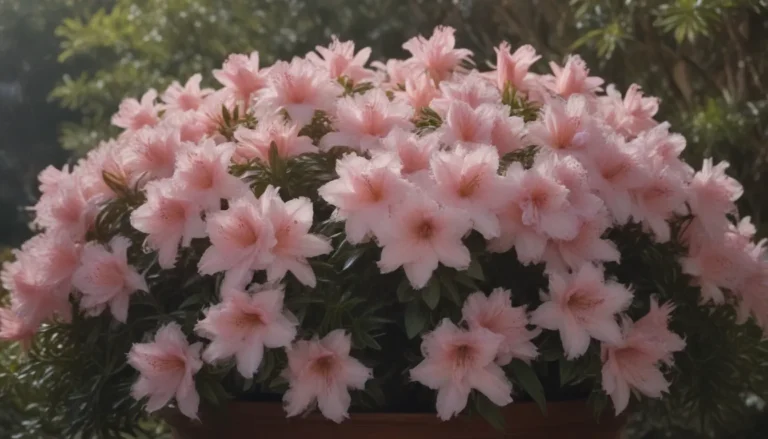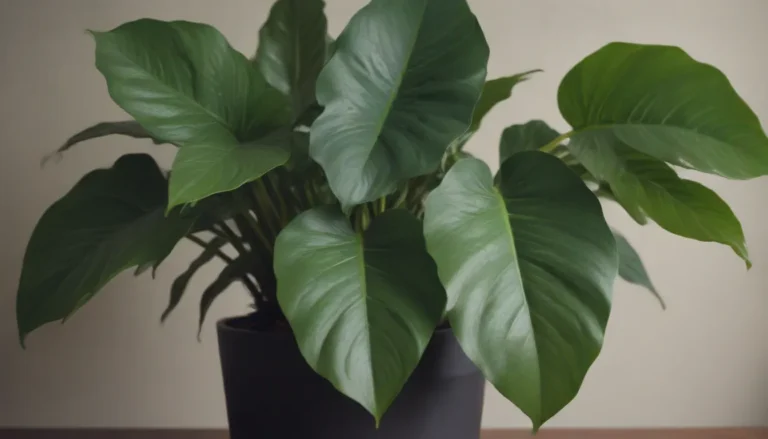The Complete Guide to Hummingbird Diet: What Do Hummingbirds Eat?

If you’re a backyard bird enthusiast, you likely already know that hummingbirds have a sweet tooth for sugar water. But what other foods do these tiny, vibrant birds eat to keep themselves energized and healthy? In this comprehensive guide, we will delve into the diverse diet of hummingbirds, exploring the various food sources that sustain them and how you can attract them to your backyard with a diverse range of offerings.
Hummingbird Nectar: The Sweet Elixir
Nectar, whether from blossoming flowers or homemade sugar water solutions, serves as the primary food source for hummingbirds. This sugary substance is rich in sucrose, providing the necessary energy for their rapid metabolism, swift flight, and active lifestyles. In addition to being a source of energy, nectar also supplies the birds with essential water, as hummingbirds typically do not drink from other sources. However, nectar alone does not meet all of their nutritional needs, as it lacks protein, amino acids, vitamins, and minerals necessary for a balanced diet.
Making Hummingbird Nectar:
– Mix 1 cup of refined white sugar with 4 cups of water until the sugar dissolves.
– Avoid adding any dyes or additives to the mixture.
– Store any excess sugar water in the refrigerator for future use.
The Diverse Diet of Hummingbirds
In addition to nectar, hummingbirds consume a variety of other foods to ensure they receive the essential nutrients for their well-being.
Insects: Nature’s Protein Source
Small insects, larvae, insect eggs, and spiders play a vital role in the hummingbird’s diet, providing them with essential fat, protein, and salts that nectar alone cannot offer. Hummingbirds employ various methods to catch insects, such as gleaning them from bark or flowers, hawking them mid-air, or extracting them from spider webs or sticky sap. An adult hummingbird may consume multiple dozen insects daily to meet their protein requirements, with even more being consumed during nesting seasons or migratory periods.
Sap: Nature’s Energy Drink
During times when nectar is scarce, hummingbirds may supplement their diet by sipping tree sap from wells created by woodpeckers. While tree sap is not as sweet as floral nectar, it still provides a source of sucrose for the birds’ energy needs. Additionally, hummingbirds may pick insects from the sticky residue left by dripped sap.
Pollen: A Supplemental Protein Source
While hummingbirds do not directly consume pollen, they inadvertently ingest it while sipping nectar from flowers. While only a small percentage of ingested pollen is digested, it can serve as a minor source of protein for these birds.
Ashes and Sand: Mineral Supplements
Some hummingbirds have been observed consuming small amounts of ashes and sand, which can provide vital minerals and salts. It is possible that the birds are picking insects from these substances rather than eating them directly, but further research is needed to determine the significance of this food source.
Fruit: Sweet Treats
Certain ripe or juicy fruits, such as berries, apples, pears, and oranges, may attract hummingbirds. While not a primary source of food, hummingbirds may discreetly sip on fruit juices when exposed.
Attracting Hummingbirds With a Diverse Buffet
Understanding the multifaceted diet of hummingbirds will enable you to create a diverse feeding station in your backyard that caters to their nutritional needs and preferences. Here are some tips to attract hummingbirds with the right types of food:
Diverse Food Offerings:
– Apart from nectar, provide a variety of foods like insects, sap, and pollen to ensure a well-rounded diet.
– Consider offering fruit as an occasional treat to supplement their diet.
By diversifying the food offerings at your feeding station, you can ensure that these magnificent birds never leave your yard hungry.
Sources of Information
- Sugar Metabolism in Hummingbirds and Nectar Bats by Raul K. Suarez and Kenneth C. Welch, published in Nutrients, vol. 9, no. 7, 2017, doi:10.3390/nu9070743.
- Pollen Digestibility by Hummingbirds and Psittacines by A.T. Brice et al., published in The Condor, vol. 91, no. 3, 1989, The Cooper Ornithological Society, doi:doi.org/10.2307/1368120.
- Hummingbird Feeding FAQs by the National Audubon Society.
As you strive to create a hummingbird-friendly environment, keep in mind the diverse dietary preferences of these tiny birds. Offering a variety of foods that cater to their nutritional needs will not only attract hummingbirds to your backyard but also contribute to their well-being and overall happiness. So, set up a diverse buffet and get ready to welcome these delightful visitors into your garden!





